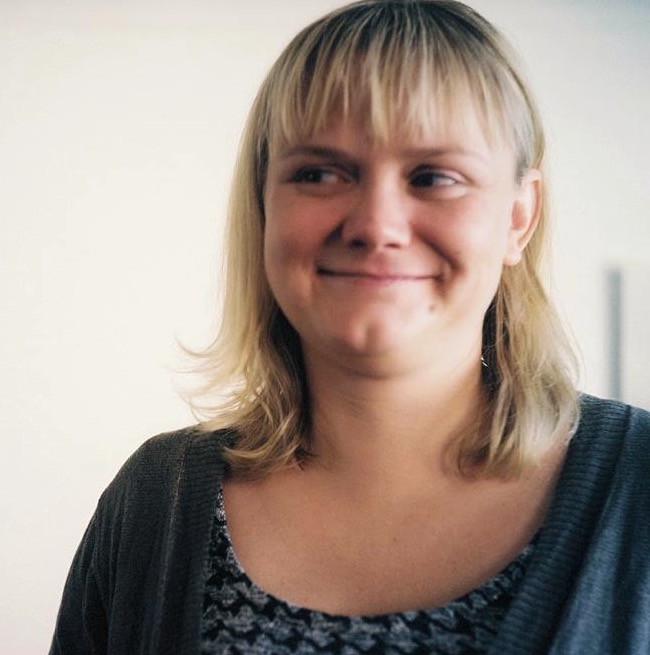It’s easy to sit on the sidelines, speculating about the future of the food system from behind a CAD interface or assessing organic farming from the comfort of the herb garden in your kitchen window. But is it really more efficiency or more care that the food system needs, and do the teachings of domestic veggie gardens actually work when scaled up?
These are some of the questions that Alexander Geijzendorffer is exploring in De Agrarische Balktontuin Coöperatie – The Agricultural Balcony-garden Cooperative. The food artist and industrial designer has leased four rows of a vegetable field from a farmer in the Polders, where the Netherlands grows most of its fresh produce. He has planted carrots, beetroot, and, after some of the carrots failed, cabbage, divvying up the land into 100 lots for purchase by Co-op members. The members get to vote on key decisions like whether to try nettle tea or pesticide to treat mould, as well as record and send video and sound messages to their plants. A regular newsletter keeps members updated.

The project was commissioned by the Herbergen Foundation, which every year invites five artists and designers to make work that explores the relationship between art, architecture, and the landscape. Geijzendorffer worked as an intern on one of the local farms and was struck by how vilified farmers feel by consumers, and that really they were just humans trying to do the best they could within specific constraints that many of us city slickers know nothing about. Why don’t we have more of a relationship with the fresh produce we buy in shops and with the farmers who produce it; why do we only hear about farmers when there’s bad news, he wondered.
That some plots have already failed, whether because the neighbour accidentally drove his tractor through the field or because the adjacent field had since been harvested and no longer acts as a windbreak, may not come as a surprise. For Co-op members, who are informed of the latest plot casualties via the newsletter, losing something that they have personally invested in provides a meaningful understanding of just how precarious a farmer’s livelihood is.

Geijzendorffer has designed a set of customised implements that are more visually indicative of their function than contemporary farming machines. However, it is the social design aspect of the project that has really surprised him: the relationships and trust that he needed to earn from local farmers and the enthusiasm and engagement of the Co-op members. Far from any scientific outcome, he hopes that the project opens up reflection and conversation about fostering deeper relationships with the food that is grown for us and how this might influence more reckless eating habits and food waste.
 Co-op member preparing a 1-row seeder. Photo: Arjen Ronner
Co-op member preparing a 1-row seeder. Photo: Arjen Ronner
 ABC002 input booth, recording sound and storing the breath of its users. Photo: Alexander Geijzendorffer
ABC002 input booth, recording sound and storing the breath of its users. Photo: Alexander Geijzendorffer


